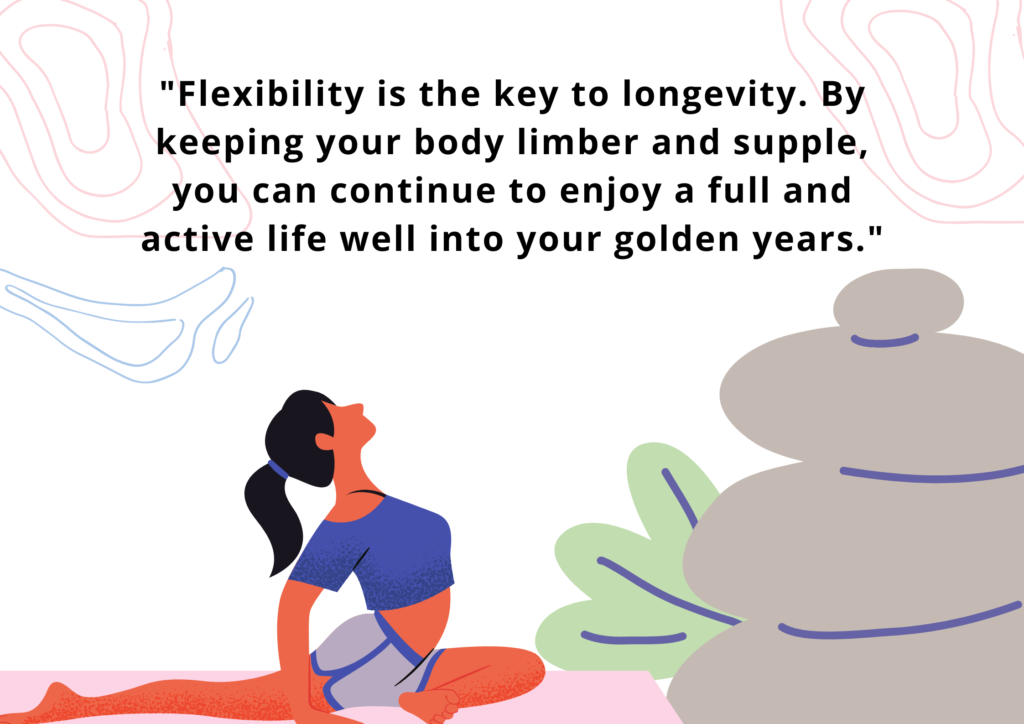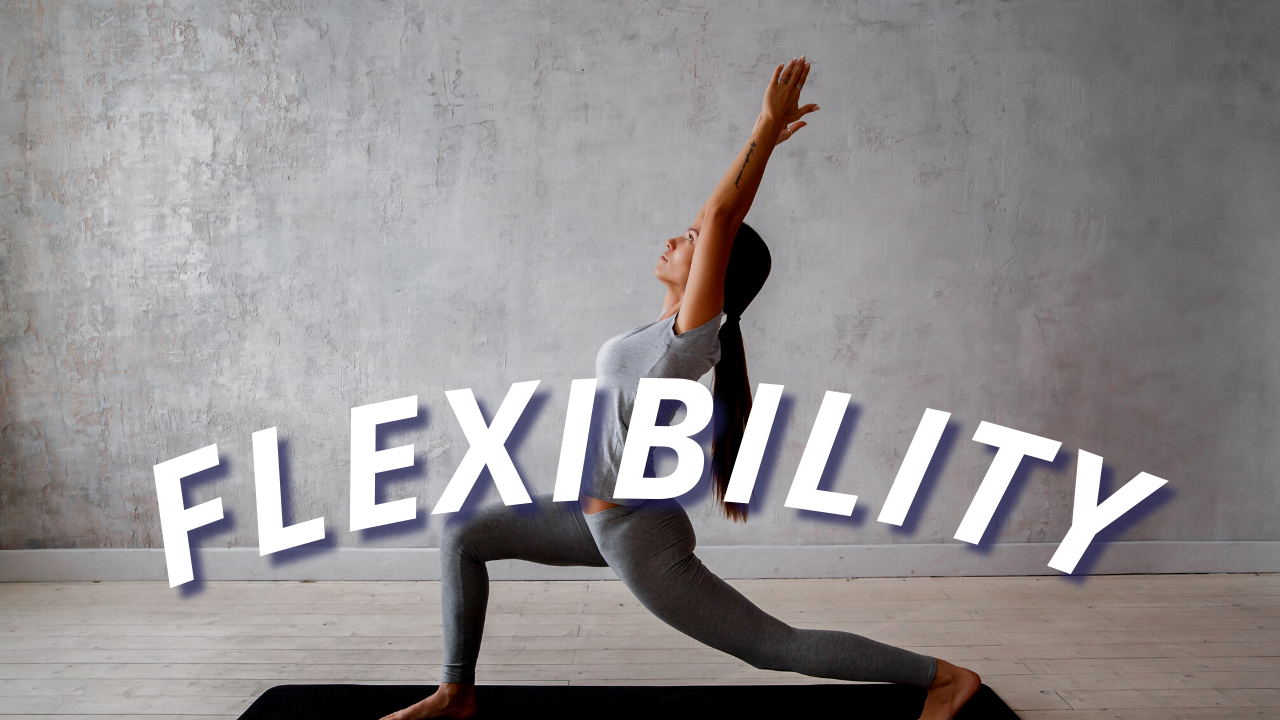Can flexibility exercises help prevent age-related muscle loss?
Flexibility is an essential component of overall physical health, yet it is often overlooked in favor of more high-intensity workouts. However, incorporating regular flexibility exercises into your fitness routine can help prevent injury, reduce muscle soreness, and improve your range of motion. In this blog, we’ll explore the benefits of flexibility exercise and some easy ways to incorporate it into your daily routine.
Flexibility exercise, also known as stretching, is any activity that helps to lengthen and loosen the muscles and joints in your body. It can range from simple stretches that you do at your desk to more advanced yoga poses or Pilates movements. Flexibility exercises are designed to help you move more freely and easily, while also improving your overall physical performance.
Can flexibility exercises improve balance and coordination?
Yes, absolutely. Flexibility exercises can help improve your balance and coordination. By increasing your range of motion, you’re also improving your body’s ability to move efficiently, which in turn improves your balance and coordination.
For example, yoga poses that require you to balance on one leg or hold a pose for an extended period of time can help strengthen your muscles and improve your balance. Similarly, exercises like leg swings or lunges can help improve your coordination and balance by challenging your body’s ability to move in different planes of motion.
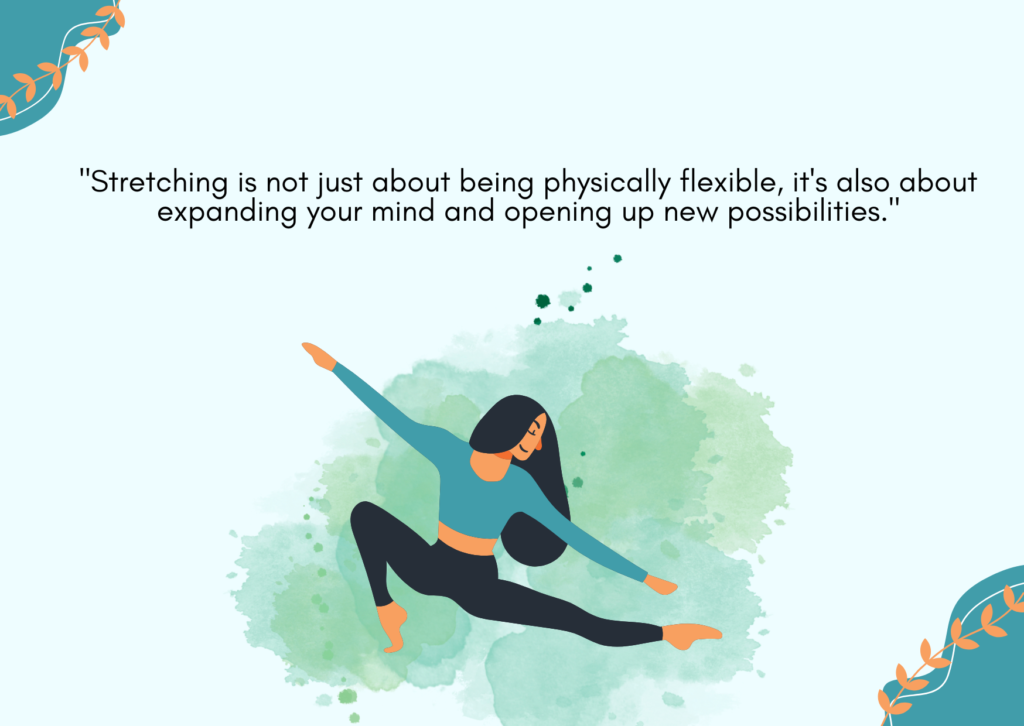
Is there a correlation between flexibility and mental health? There is some evidence to suggest that there may be a correlation between flexibility and mental health. Stretching can help reduce stress and anxiety, which can have a positive impact on your mental health. Additionally, some mind-body practices like yoga and tai chi have been shown to have mental health benefits.
However, it’s important to note that mental health is complex and multifaceted, and stretching alone is not a substitute for professional mental health care.
What is the best time of day to do flexibility exercises? The best time of day to do flexibility exercises is whenever works best for you and your schedule. Some people prefer to do them in the morning to energize themselves for the day ahead, while others prefer to do them in the evening to unwind after a long day.
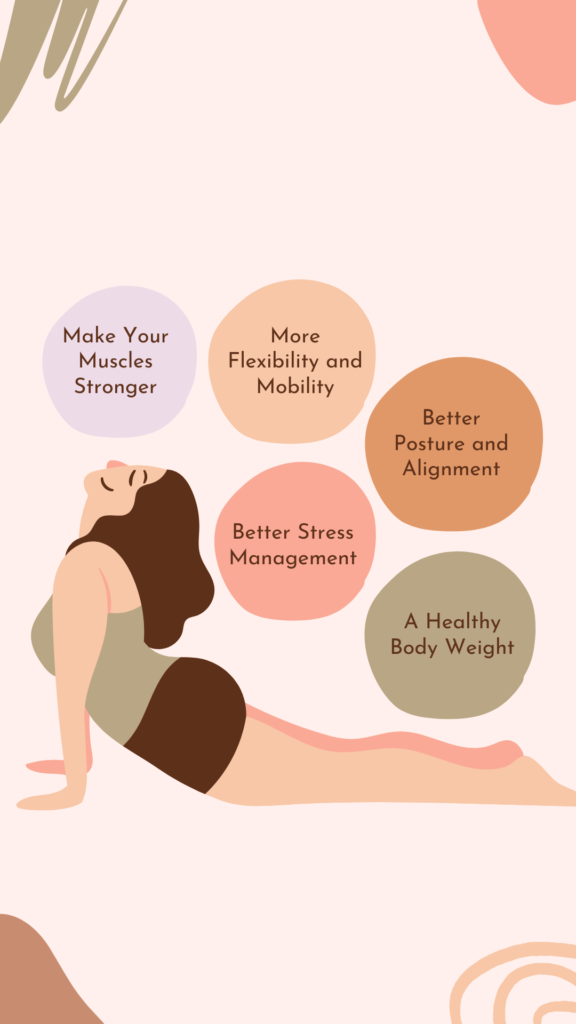
How does stretching affect muscle fibers and increase their elasticity? Stretching can help increase the elasticity of muscle fibers by promoting the production of collagen, a protein that helps give muscles their elasticity. Additionally, stretching can help improve blood flow to the muscles, which can also help improve their elasticity.
Benefits of Flexibility Exercise:
- Reduces risk of injury: When your muscles and joints are tight and stiff, you are more prone to injury. Incorporating regular flexibility exercises into your routine can help reduce your risk of sprains, strains, and other injuries.
- Relieves muscle soreness: After a hard workout, your muscles can become sore and stiff. Stretching can help reduce muscle soreness and speed up your recovery time.
- Improves range of motion: Flexibility exercises help improve your range of motion, making it easier to perform everyday activities such as bending, lifting, and reaching.
- Reduces stress and tension: Stretching can also help reduce stress and tension in your muscles, promoting relaxation and a sense of well-being.
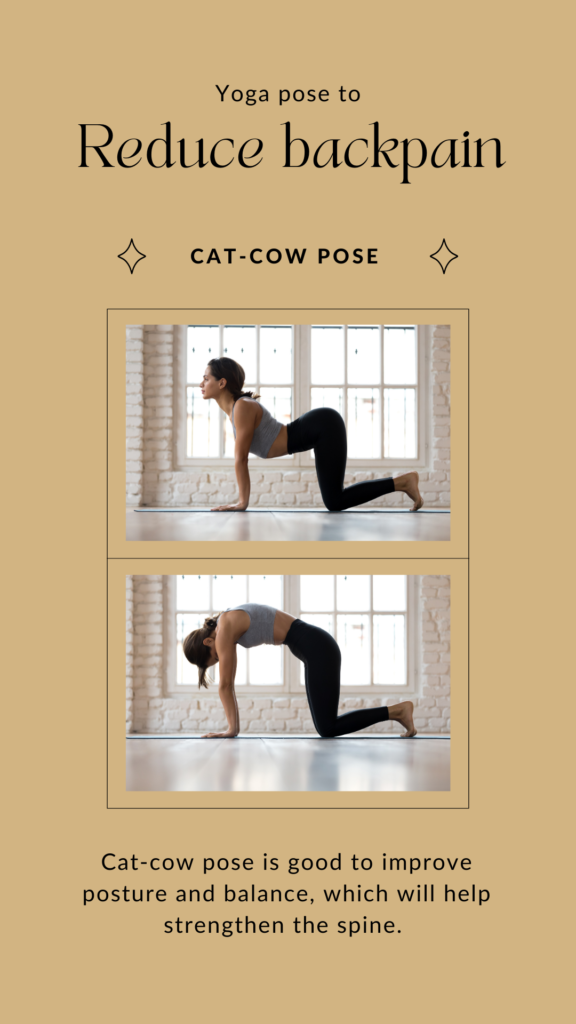
Easy Ways to Incorporate Flexibility Exercise into Your Routine
- Stretch at your desk: If you spend a lot of time sitting at a desk, take a few minutes every hour to stretch your arms, neck, and back. Simple stretches such as reaching up to the ceiling or rolling your shoulders back and forth can help prevent stiffness and tension.
- Try yoga or Pilates: Yoga and Pilates are great forms of exercise that incorporate a variety of stretching and flexibility movements. There are plenty of online videos and classes available that you can do at home, making it easy to incorporate these exercises into your routine.
- Stretch after your workout: After a workout, take a few minutes to stretch out your muscles. Focus on the areas that feel tight or sore, and hold each stretch for at least 30 seconds.
- Take a stretching class: Many gyms and fitness studios offer stretching classes that are specifically designed to improve flexibility. These classes can be a great way to learn new stretches and get guidance from a trained instructor.
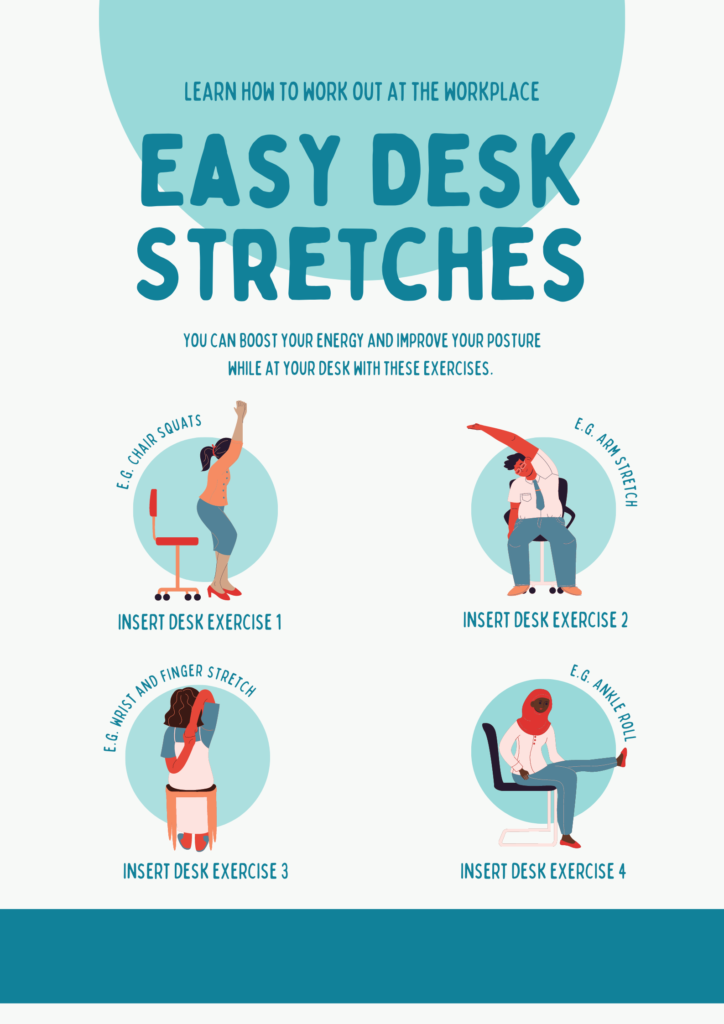
Can yoga and other mind-body practices improve flexibility as well as mental health? Yes, yoga and other mind-body practices can improve flexibility as well as mental health. These practices involve a combination of physical movement, deep breathing, and meditation, which can help reduce stress and anxiety, improve mood, and increase mindfulness. Additionally, the physical movements involved in these practices can help improve flexibility and range of motion.
How does stretching affect muscle growth and hypertrophy? Stretching alone is unlikely to have a significant impact on muscle growth and hypertrophy. However, stretching can help improve blood flow and oxygenation to the muscles, which can aid in recovery and promote muscle growth when combined with other forms of exercise.
Can stretching help alleviate symptoms of chronic pain and improve quality of life? Yes, stretching can help alleviate symptoms of chronic pain and improve quality of life. By improving flexibility and range of motion, stretching can help reduce stiffness and pain in the muscles and joints. Additionally, stretching can help reduce stress and anxiety, which can also have a positive impact on quality of life. However, it’s important to note that stretching alone may not be enough to alleviate chronic pain and other forms of treatment may be necessary
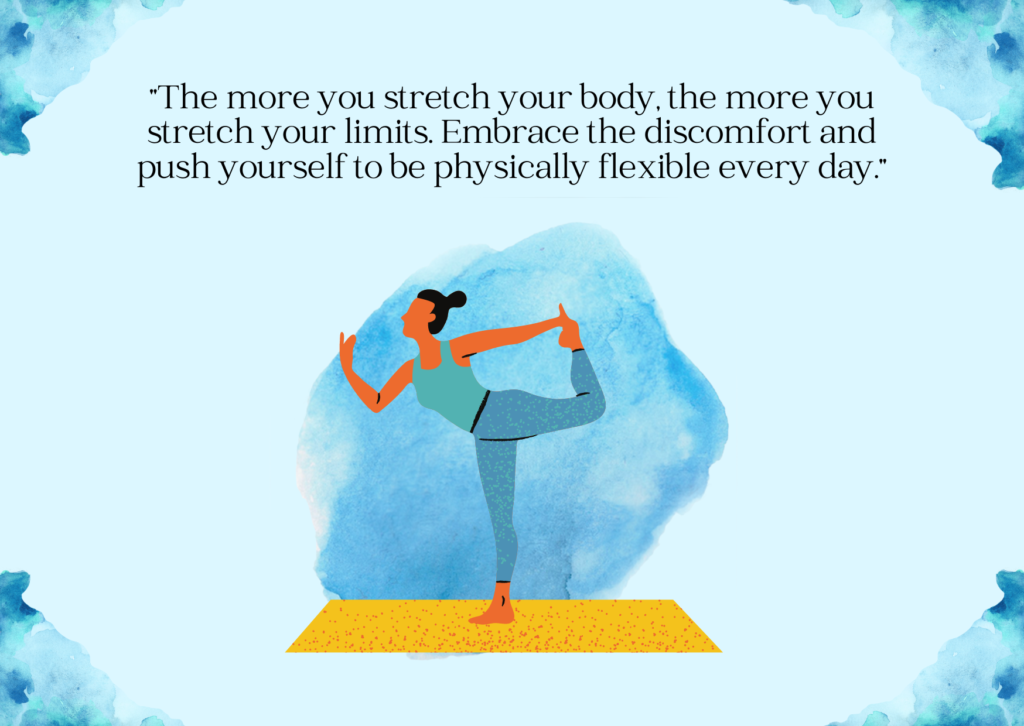
While flexibility exercises offer many benefits for physical health, there are some real-life problems that can arise from a lack of flexibility or excessive flexibility.
- Musculoskeletal injuries: Lack of flexibility can result in limited range of motion, which can increase the risk of musculoskeletal injuries during physical activities. On the other hand, excessive flexibility, especially in hypermobile individuals, can lead to instability and an increased risk of dislocations, sprains, and strains.
- Poor posture: Tight muscles can lead to poor posture and a misalignment of the spine. This can result in back pain, neck pain, and headaches. Lack of flexibility in the hamstrings, for example, can cause the pelvis to tilt forward, resulting in lower back pain.
- Limited mobility: Lack of flexibility can limit mobility and make it difficult to perform everyday activities such as bending, reaching, and lifting. This can affect overall quality of life and independence.
- Reduced athletic performance: Poor flexibility can reduce athletic performance and make it difficult to perform at a high level in sports or other physical activities.
- Chronic pain: Tight muscles and limited range of motion can lead to chronic pain, especially in the back, neck, and shoulders. This can have a negative impact on daily activities and quality of life.
- Mental health issues: Chronic pain and limited mobility can lead to stress, anxiety, and depression. This can have a significant impact on mental health and overall well-being.
- Poor circulation: Lack of flexibility can also affect blood flow and circulation, leading to fatigue and reduced energy levels.
- Unable to touch toes: If someone is unable to touch their toes while standing or sitting, it may indicate tightness in the hamstrings or lower back muscles due to a lack of flexibility.
- Difficulty reaching overhead: If someone has difficulty reaching their arms overhead, it may indicate tightness in the shoulders or chest muscles due to a lack of flexibility.
- Lower back pain: A lack of flexibility in the lower back muscles can lead to pain and discomfort in this area, especially when performing activities that require bending or lifting.
- Knee pain: Tightness in the muscles around the knees, such as the quadriceps or hamstrings, can lead to knee pain and discomfort, especially during activities that require bending or squatting.
- Neck and shoulder pain: Poor posture due to a lack of flexibility in the neck and shoulder muscles can lead to pain and discomfort in this area.
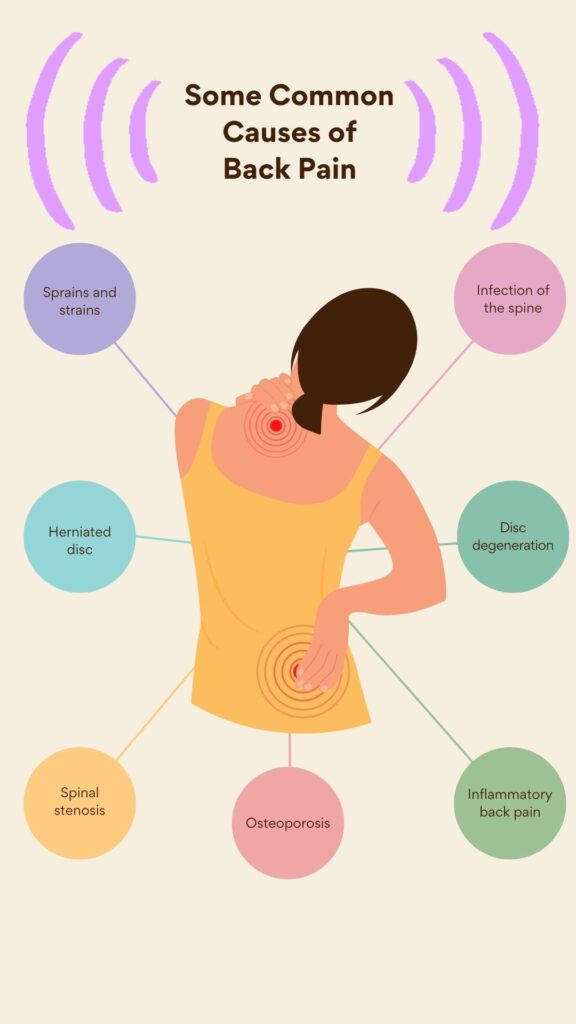
Can flexibility exercises improve flexibility in the spine and prevent back pain? Yes, flexibility exercises can help improve flexibility in the spine and prevent back pain. By improving your range of motion in the spine, you’re also improving your body’s ability to move efficiently and reducing the risk of injury.
It’s important to maintain a balance of flexibility and stability in the body to prevent these problems. Regular flexibility exercises, such as stretching and yoga, can help improve flexibility and prevent these issues. However, it’s important to work with a qualified fitness professional to ensure that you are performing exercises correctly and safely to avoid any potential risks.
Whether you do simple stretches at your desk or try a yoga or Pilates class, there are plenty of easy ways to incorporate flexibility exercise into your daily routine.
So why not start today and reap the benefits of a more flexible body?
